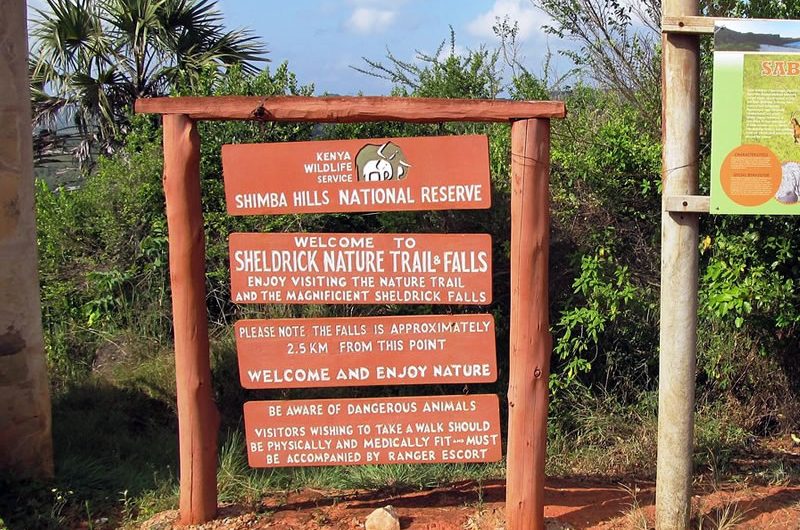The Masai Mara is the most popular game reserve in Kenya, and borders the Serengeti National Park in Tanzania. The landscaped is mostly open Savannah grasslands and acacia shrub land. Big cats occur in plenty in the Masai Mara reserve, the reserve also hosts the annual wildebeests and zebra migration involving over 1.5 million animals. The migration begins between July and October. Home to one of the wonders of the world, the great wildebeest migration, the Masai Mara is the premier game watching destination in the World. Established in 1961, it is globally known for its exceptional population of lions, cheetah, leopard, black rhino, elephant and the annual wildebeest migration that occurs between the months of July and October. It covers an area of 1,510 square kilometers and its plains are abundant with lots of other big and small game animals as well as a 470 species of birds. Covering an area of 1,510 sq km and located 270 km away from Nairobi - 270 km away, the Masai Mara National Reserve was named for the Maasai people who inhabit the area, and for the Mara River, which flows through this great reserve. It shares a border with Tanzania’s Serengeti National Park and is essentially a continuation of this park, forming the Serengeti-Mara ecosystem. The Masai Mara reserve is Kenya's most popular Game Reserve as it hosts an amazing concentration of wildlife. You are almost guaranteed to see the Big 5 - Lion, Leopard, Buffalo, Rhino and Elephant. Lions abound throughout the park as do leopards, cheetah, hyenas, giraffe, impala, wildebeest, topi, baboons, warthogs, buffalo, zebra, elephants, and of course hippos and crocodiles in the Mara River. The Great Masai Mara Wildebeest Migration The Masai Mara is home to an excellent year-round concentration of game and is renowned for its
The Masai Mara is the most popular game reserve in Kenya, and borders the Serengeti National Park in Tanzania. The landscaped is mostly open Savannah grasslands and acacia shrub land. Big cats occur in plenty in the Masai Mara reserve, the reserve also hosts the annual wildebeests and zebra migration involving over 1.5 million animals. The migration begins between July and October.
Home to one of the wonders of the world, the great wildebeest migration, the Masai Mara is the premier game watching destination in the World. Established in 1961, it is globally known for its exceptional population of lions, cheetah, leopard, black rhino, elephant and the annual wildebeest migration that occurs between the months of July and October. It covers an area of 1,510 square kilometers and its plains are abundant with lots of other big and small game animals as well as a 470 species of birds.
Covering an area of 1,510 sq km and located 270 km away from Nairobi – 270 km away, the Masai Mara National Reserve was named for the Maasai people who inhabit the area, and for the Mara River, which flows through this great reserve. It shares a border with Tanzania’s Serengeti National Park and is essentially a continuation of this park, forming the Serengeti-Mara ecosystem.
The Masai Mara reserve is Kenya’s most popular Game Reserve as it hosts an amazing concentration of wildlife. You are almost guaranteed to see the Big 5 – Lion, Leopard, Buffalo, Rhino and Elephant. Lions abound throughout the park as do leopards, cheetah, hyenas, giraffe, impala, wildebeest, topi, baboons, warthogs, buffalo, zebra, elephants, and of course hippos and crocodiles in the Mara River.
The Great Masai Mara Wildebeest Migration
The Masai Mara is home to an excellent year-round concentration of game and is renowned for its annual visit by the two million wildebeest Zebra and antelopes that make up the Great Wildebeest Migration Migration which happens between the months of July and October.

